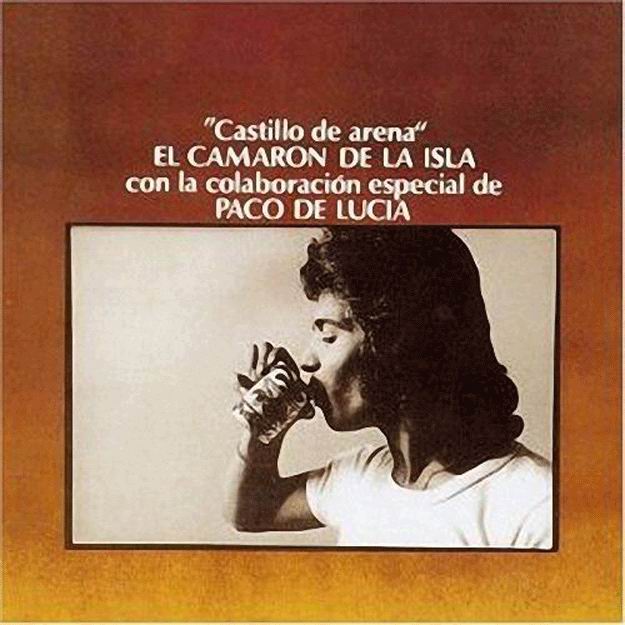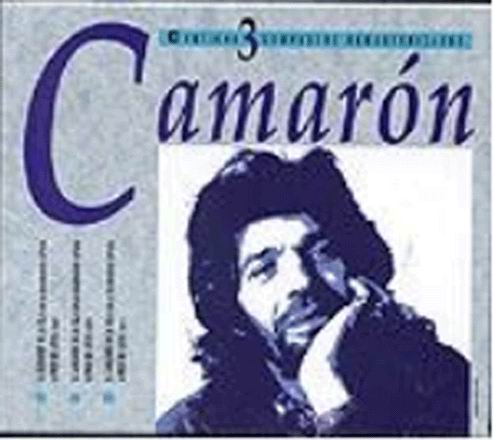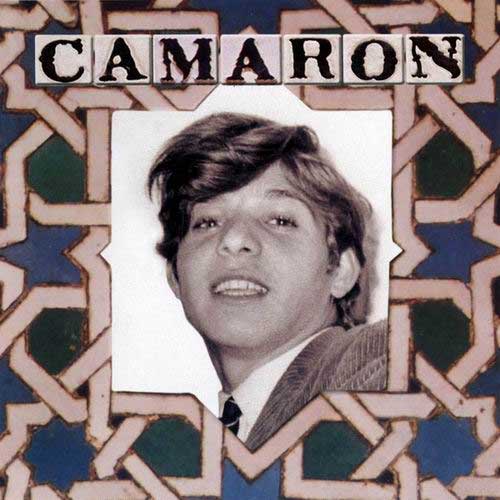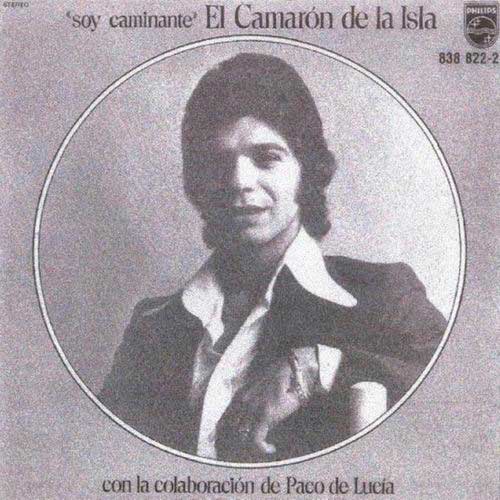- 🚚 📦 WORLDWIDE SHIPPING ✈️ 🌍
🚚 📦 WORLDWIDE SHIPPING ✈️ 🌍
Castillo de arena - Camaron de la Isla
Ref: 50112UN66
13'90 €
Si el producto está en stock la salida es inmediata. Si no el tiempo de fabricación es de
$12'56
Quantity:
Available stock: 1
If the product is in stock the delivery is immediate. Otherwise, the fabrication time is 3 working days
The price in $ is an indicator, as the exchange rates are changing constantly.
Shipment period:
If the product is in stock the delivery is immediate. Otherwise, the fabrication time is 3 working days
Description:
While it consists of a summary of the innovations we have heard until today, this disc forecasts new changes.
Once again we find bulerías without claps like in the 1971 album but now Paco de Lucía doubles up on falsettos and some answers. With Ramón de Algeciras in charge of the second guitar; three guitars sporadically surface.
In the bulerías 'Como castillo de arena' some endings surprise by falling out of the common twelveth's timing. The guitars seem to allow Camarón end with his cante, although they last to long at times. Its way of accentuating and holding back builds up a certain tension; we wait for the climax after twelveth's cicles only for it to knock in right after the weait.
The tientos also surprise the guitar accompanyment with a certain inclination toward tango rhythms and Camarón's resting voice. There is also a tension here between a guitar seeking speed and a voice looking to drag. In the end, tango comes out triumphant.
Once again we find bulerías without claps like in the 1971 album but now Paco de Lucía doubles up on falsettos and some answers. With Ramón de Algeciras in charge of the second guitar; three guitars sporadically surface.
In the bulerías 'Como castillo de arena' some endings surprise by falling out of the common twelveth's timing. The guitars seem to allow Camarón end with his cante, although they last to long at times. Its way of accentuating and holding back builds up a certain tension; we wait for the climax after twelveth's cicles only for it to knock in right after the weait.
The tientos also surprise the guitar accompanyment with a certain inclination toward tango rhythms and Camarón's resting voice. There is also a tension here between a guitar seeking speed and a voice looking to drag. In the end, tango comes out triumphant.
Reviews:
While it consists of a summary of the innovations we have heard until today, this disc forecasts new changes.
Once again we find bulerías without claps like in the 1971 album but now Paco de Lucía doubles up on falsettos and some answers. With Ramón de Algeciras in charge of the second guitar; three guitars sporadically surface.
In the bulerías 'Como castillo de arena' some endings surprise by falling out of the common twelveth's timing. The guitars seem to allow Camarón end with his cante, although they last to long at times. Its way of accentuating and holding back builds up a certain tension; we wait for the climax after twelveth's cicles only for it to knock in right after the weait.
The tientos also surprise the guitar accompanyment with a certain inclination toward tango rhythms and Camarón's resting voice. There is also a tension here between a guitar seeking speed and a voice looking to drag. In the end, tango comes out triumphant.
Once again we find bulerías without claps like in the 1971 album but now Paco de Lucía doubles up on falsettos and some answers. With Ramón de Algeciras in charge of the second guitar; three guitars sporadically surface.
In the bulerías 'Como castillo de arena' some endings surprise by falling out of the common twelveth's timing. The guitars seem to allow Camarón end with his cante, although they last to long at times. Its way of accentuating and holding back builds up a certain tension; we wait for the climax after twelveth's cicles only for it to knock in right after the weait.
The tientos also surprise the guitar accompanyment with a certain inclination toward tango rhythms and Camarón's resting voice. There is also a tension here between a guitar seeking speed and a voice looking to drag. In the end, tango comes out triumphant.

















